Study, work or travel in the UK. British
culture and life.


Britain in the time of the Stuarts (1603-1714)
|
|
Study, work or travel in the UK. British
culture and life.
|
|
||
|
|
|
|
||
 |
||||
|
|
|
|
||
|
|
|
|||
 |
||||
|
Britain in the time of the Stuarts (1603-1714)
|
||||
| Ruling family / system | King/Queen/Ruler | Dates |
| HOUSE OF STUART |
James I |
1603-1625 |
| Charles I | 1625-1649 | |
| COMMONWEALTH & PROTECTORATE | Council of State | 1649-1653 |
| Oliver Cromwell | 1653-1658 | |
| Richard Cromwell | 1658-1659 | |
| HOUSE OF STUART (RESTORED) |
Charles II |
1660-1685 |
| James II | 1685-1688 | |
| William III & Mary II | 1689-1694 | |
| William III | 1694-1702 | |
| Anne | 1702-1714 |
 |
The
Stuarts |
 |
Tudors,
Stuarts & Civil War Author: Philip Steele Publisher: Miles Kelly Publishing Ltd Date: May 2002 |
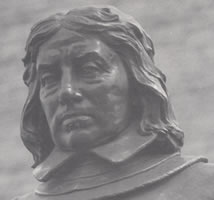 Statue of Oliver Cromwell, Parliament Square, London |
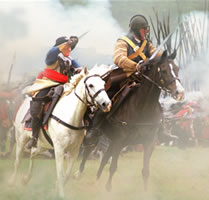 Cavalry fighting (Sealed Knot Society) |
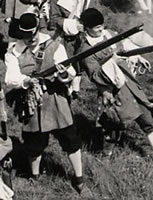 Cavaliers firing (Sealed Knot Society) |
Pub names such as the King's Head or the Royal Oak are based
on these events. There is a society called the Sealed Knot (http://www.sealedknot.org)
who put on reconstrctions of battles from the English Civil War period.
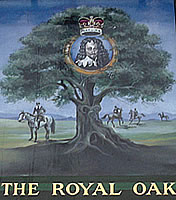 Pub sign: Charles I's son hides in an oak tree |
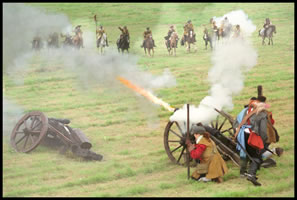 English Civil War cannon (Sealed Knot Society) |
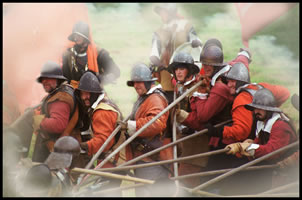 Roundheads with pikes (Sealed Knot Society) |
 |
Life
in Stuart England Publisher: Pitkin Unichrome Date: January 2003 |
Stuart
Cookery: Recipes and History Author: Peter Brears Publisher: English Heritage Publications Date: April 2004 |
|
|
|